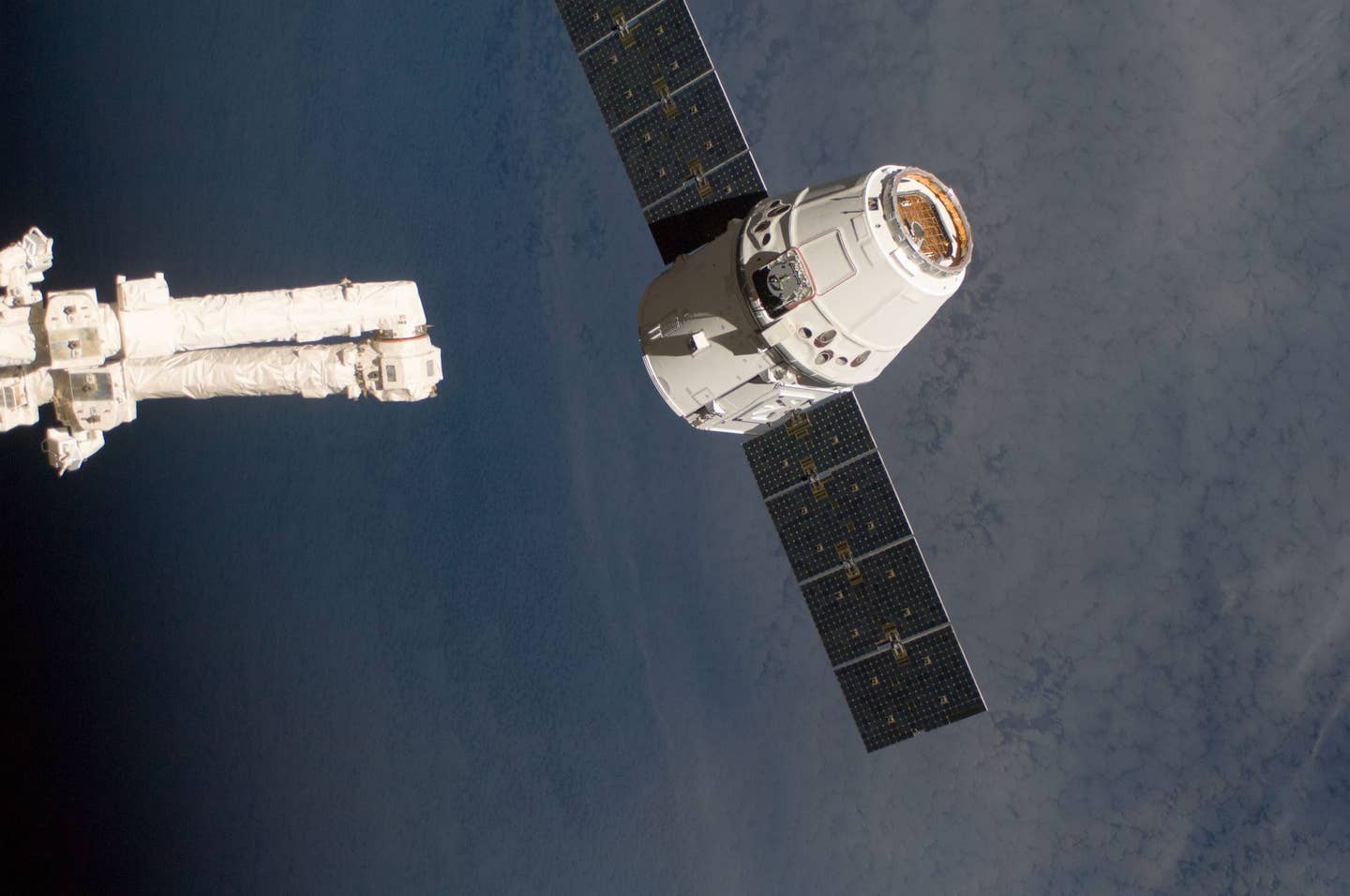NTSB Proposes Commercial Space Accident Rulemaking
In the proposed rule, the NTSB seeks to identify commercial space as a unique mode of transportation.

The NTSB is seeking to update Title 49 Code of Federal Regulations Part 831 by identifying commercial space as a unique mode of transportation. NASA
As the commercial space industry takes off, the National Transportation Safety Board (NTSB) is seeking to spell out official procedures for safety investigations when things go wrong.
The NTSB proposed a new commercial space investigations rule Tuesday that it says will enhance transportation safety by codifying the agency’s role of conducting safety probes and identifying corrective actions when needed, all with the goal of preventing other incidents in the future. The safety agency is seeking comments through January 18, 2022.
“When the NTSB conducted its first commercial space investigation in the early 1990s, that sector was in its infancy,” NTSB Chair Jennifer L. Homendy said in a statement. “As commercial space operations have expanded exponentially since then, it’s become increasingly important that when there is an accident or incident, it’s crystal clear to commercial space operators and industry stakeholders what procedures are in place to ensure the integrity of our safety investigation.”
Under the proposed rule, the NTSB is seeking to update Title 49 Code of Federal Regulations Part 831 by identifying commercial space as a unique mode of transportation. Regulations currently identify specific modes of transportation as:
- Aviation
- Highway
- Railroad
- Pipeline and hazardous materials
- Marine
The rule would require NTSB notification in the event of a launch or reentry accident or incident. It would also establish what must be reported, as well as what must be done when preserving wreckage, payload, and records.
“The agency notes that the commercial space industry is a unique mode of transportation and the investigatory needs of a commercial space accident and incident—such as the reporting of commercial space accidents and incidents, and the preservation of wreckage, evidence, and records—are distinct enough to warrant its own subpart,” the agency said in the notice of proposed rulemaking (NPRM).
Despite the lack of formal procedures on the books, the NTSB has participated in investigations that involved commercial space launch and reentry accidents and incidents for more than two decades.
In February 1993, for example, the agency investigated a procedural anomaly of an Orbital Sciences Corporation Pegasus expendable launch vehicle, and issued safety recommendations to the U.S. Department of Transportation, NASA, and Orbital Sciences Corporation.
“As in all transportation modes, the NTSB neither regulates commercial space nor finds fault when investigating mishaps; instead, the NTSB’s investigations focus on safety issues,” the NTSB said in the NPRM.

Sign-up for newsletters & special offers!
Get the latest FLYING stories & special offers delivered directly to your inbox






